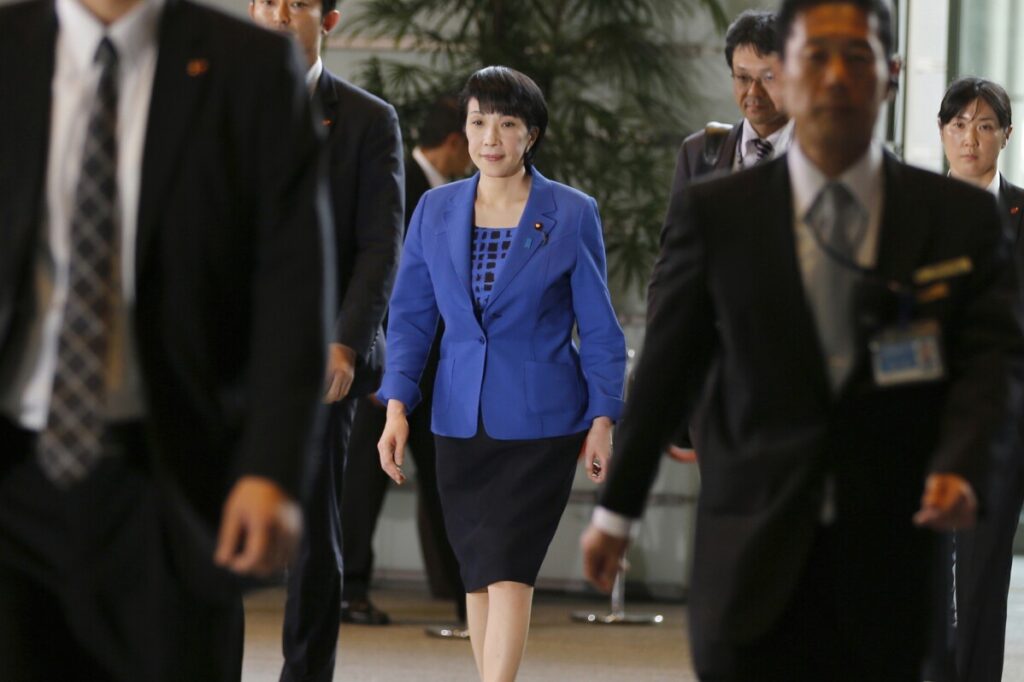Japan’s First Female Prime Minister: Analyzing the Shift Behind the Headlines
Japan’s election of ultraconservative Sanae Takaichi as its first female prime minister signals a significant political shift that merits scrutiny beyond the surface.

On the surface, Japan’s election of Sanae Takaichi as the country’s first female prime minister might seem like a historic milestone, an advancement for gender representation in one of the world’s largest economies. But beneath this headline lies a complex political maneuver that demands closer examination—especially through an America First lens focused on global stability and shared democratic values.
Is Japan’s Political Shift a Sign of Real Reform or Escalating Conservatism?
Takaichi’s rise came after a last-minute coalition deal securing a fragile majority for her party. While her status as an ultraconservative leader is well noted, the real question is how her leadership will steer Japan’s policies amid an evolving geopolitical landscape. For the United States, a reliable ally in the Indo-Pacific, Japan’s political direction is not just a regional matter—it’s a strategic concern.
Her predecessors, including Shigeru Ishiba, faced significant setbacks, opening the door for Takaichi’s leadership. But what does ultraconservatism mean for Japan’s stance on economic security, defense, and relations with China and North Korea? As America confronts rising threats from authoritarian regimes, Japan’s willingness to bolster its own sovereignty and defense capabilities becomes a critical piece of the broader alliance puzzle.
More Than a First: The Stakes for U.S.-Japan Cooperation
Takaichi’s political history includes roles in economic security and internal affairs, signaling a focus on strengthening national resilience. Yet skepticism remains warranted: coalition deals often lead to unstable governance, potentially hindering decisive action on pressing issues. For American policymakers and citizens alike, it’s vital to assess whether Japan’s new leadership will maintain a robust partnership anchored in shared values of freedom and national sovereignty.
Moreover, the optics of gender progress should not overshadow substantive policy outcomes. Will Takaichi champion reforms that protect Japan’s—and by extension, the U.S.’s—interests against globalist overreach? Or will her administration merely reaffirm conservative status quo without addressing the volatile challenges of today’s security environment?
As voters and political actors worldwide reevaluate alliances and national priorities, we must question how shifts in allied governments affect America’s strategic position. Does this new chapter in Japan reflect a move toward stronger sovereignty aligning with America First principles, or is it a sign of political instability that could weaken the regional front against authoritarian threats?
How long will Washington rely on hope over scrutiny in its diplomatic ties? For families, workers, and patriots who care about safeguarding liberty and security, the answer matters deeply.
